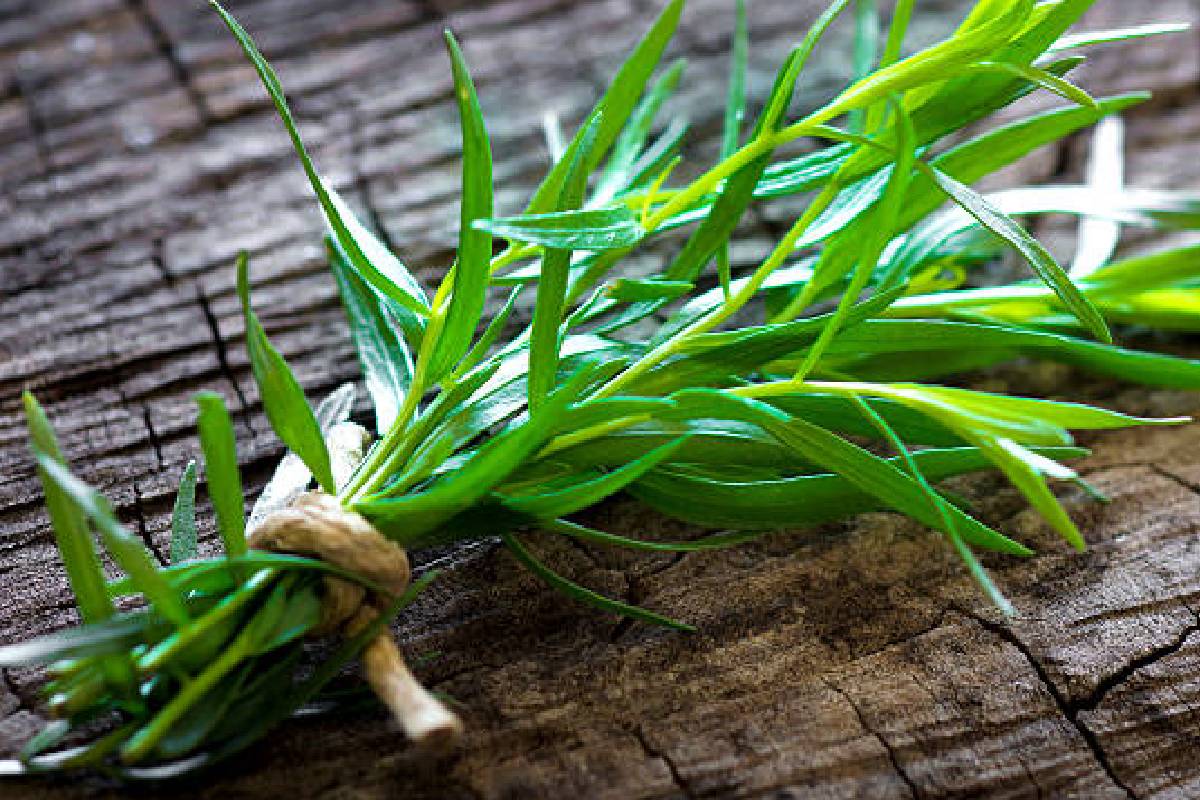The leafy green herb tarragon has a delicate licorice flavor and is quite aromatic. It is frequently used in French cooking and provides a light, springtime flavor and a touch of elegance to various recipes, including salad dressings, sauces, and fish and chicken meals. All year long, it is sold fresh and dried.
Since it is a perennial, it will grow each year again after being planted. It belongs to the Artemesia genus, which contains other greens with licorice undertones, including the one used to make the French aperitif absinthe. The leaves are long and narrow with pointy tips, while the stems are robust and woody.
Varieties of Tarragon
The most popular variety is the French tarragon, but there are also Spanish (sometimes called Mexican) and Russian tarragons. Mexican mint tarragon features little golden blossoms and a flavor comparable to French tarragon, albeit a little stronger.
Despite having a very similar appearance to French tarragon, Russian tarragon has a harsher, more bitter flavor and is most frequently used to flavor beverages.
Fresh Vs. Died Varieties
There is a significant difference between fresh and dried tarragon, much like with many other herbs. But this distinction is much more apparent because it is a fragile herb and becomes more volatile when dried.
Since dried variety lacks the delicate and nuanced qualities that make fresh so alluring, many chefs won’t use it. One teaspoon should be used in place of 1 tablespoon when using dried ingredients instead of fresh ones.
You may also dry this fresh at home, either slowly in a dehydrator or a warm oven (no hotter than 200 F).
Cooking With Tarragon
Different recipes call for dried or fresh tarragon. Fresh leaves should be cleaned and dried completely before used in a recipe. They can then be separated from the stem by simply tracing your fingertips along it from top to bottom.
Use the leaves whole or sliced, but take caution as they are delicate and will easily bruise. The flavour of fresh tarragon will become bitter if cooked for an extended period of time.
It should be utilised raw or added at the end of cooking. Early in recipes, dried tarragon is used, but because of its weakened flavour, it won’t have the same impact as fresh.
Salad dressings, sauces, poultry, and potato salads can all benefit from the addition of fresh version. It can be garnished with a few slices or chopped up and added to a green salad. When flavoring vinegar, it is a great plant to use.
Many French-inspired spring recipes that include fish, chicken, eggs, and cheese, as well as Eastern European and Russian cuisines, feature tarragon among their ingredients. It will also enhance the flavor of a dish.
